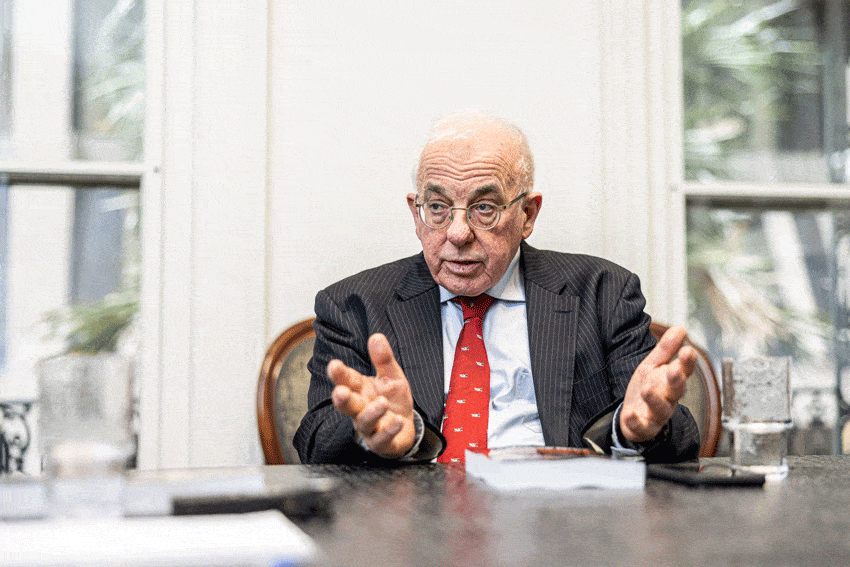
Book review: Cardinal Pell, the media pile-on and collective guilt by Gerard Henderson
By John S Webster
A standard text in various school curricula is Reginald Rose’s Twelve Angry Men. Whilst initially the audience – like most of the jurors – believe that the defendant is guilty, as the evidence is meticulously examined, doubts emerge. Rose also explores the threats to an honest and thoughtful deliberation, including prejudice and bias.
The Pell case, almost 70 years after its publication, underscores not only the perennial value of Twelve Angry Men but the reason as to why it should remain an integral text on the school curriculum.
In this study, Gerard Henderson examines the legal saga endured by George Cardinal Pell from charges of sexual assault being laid, his conviction in the second trial, unsuccessful appeal in the Victorian Court of Appeal, and exoneration by the High Court.
Throughout the work Gerard Henderson concurs with the decision of the High Court, namely that given the evidence presented to them by the prosecution and the defence, a guilty verdict was ‘unsafe’; that is, it was an unreasonable one.
It was alleged that George Pell, months after his installation as Archbishop of Melbourne, sexually assaulted two choristers in the priests’ sacristy after the Solemn Mass on Sunday when he found them alone in the room.
This book raises some very uncomfortable questions, not only in relation to the Pell case, but to broader trends within Australian society.
Gerard Henderson notes that, given the historical nature of the charges – the offences were alleged to have occurred at the end of 1996 and the start of 1997 – the defendant faced the challenging situation of marshalling key witnesses who could remember sufficiently the events.
For example, one person who would have proven integral to his defence was Fr W McCarthy, then Dean of St Patrick’s Cathedral, who was unable for health reasons to give evidence.
Notwithstanding this difficulty, a considerable number of witnesses, including Max Potter, the former sacristan, Monsignor Charles Portelli, former Master of Ceremonies, and former servers Daniel McGlone and Jeffrey Connor, presented clear evidence that Cardinal Pell could not have committed the alleged crimes because he would never have been alone in the sacristy immediately after Mass with two choristers.
This was because it was standard operational procedure for him to be accompanied by his Master of Ceremonies, Monsignor Portelli; as was Cardinal Pell’s custom to leave the procession at the front door of the cathedral and speak to members of the congregation for a number of minutes; by the time that the choristers had returned to the their robing room, the sacristan unlocked the priests sacristy, which would have been a hive of activity with servers transferring items used for Mass from the sanctuary to the sacristy, such that nobody would have been alone in the room for any length of time.
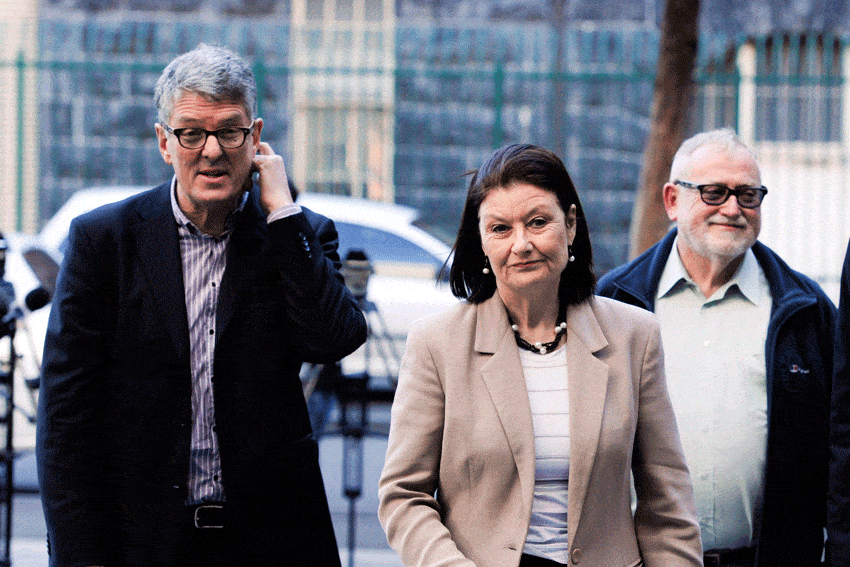
Furthermore, the nature of the vestments Cardinal Pell would have worn made the alleged assault unfeasible. It was ultimately the problems with the time sequence offered by the prosecution that proved critical in the High Court’s decision to overturn the guilty verdict.
By contrast, the prosecution’s case relied upon the testimony of ‘J’ (his real name was not disclosed since it was a sexual assault case), the complainant. The other alleged victim had died of a heroin overdose; however, before his death he categorically stated that he had never been sexually assaulted when a boy.
Although J presented as being a reliable and credible witness, the prosecution did not produce any testimony to corroborate his evidence. A jury never has to justify its verdict; hence, one can only presume that they found his testimony so compelling that they placed greater value on it than that of the combined testimonies of the defence witnesses.
At no point does Gerard Henderson question the integrity of the jury. Like various officials in the legal system, Gerard Henderson acknowledges that they were charged with an onerous responsibility.
The fact that two of the three judges in the Victorian Court of Appeals deemed their verdict to be a reasonable one should of itself remove any suggestion that the jury did not ‘deliberate honestly and thoughtfully’ to quote Reginald Rose.
Gerard Henderson’s central thesis is that the biased reporting by the media of cardinal Pell, particularly elements within the ABC, was such that he was unable to receive a fair trial …
Gerard Henderson notes later in the book that Cardinal Pell’s decision not to give evidence may have served to be counter-productive. It seems that he followed the advice of his lawyer, Robert Richter, in this regard. He also contends that the media suppression order meant that members of the public who could have provided evidence to support Cardinal Pell’s case in response to news reports of it, were not able to do so.
Gerard Henderson notes, in particular, two volunteers who could have corroborated other defence witnesses’ evidence that it would have been impossible for Cardinal Pell to be alone in the sacristy after Mass with two choristers. Gerard Henderson’s central thesis is that the biased reporting by the media of Cardinal Pell, particularly elements within the ABC, was such that he was unable to receive a fair trial due to the negative unconscious bias they had created towards the cardinal within the community.
Hence, a considerable portion of the second half of this work analyses the biased reporting. Media hostility towards George Pell was evident not just in the period immediately preceding the trials, but rather from the time of his elevation to Archbishop of Melbourne in 1996.
For example, after an allegation of abusive behaviour was made in 2002 about events alleged to have occurred in 1961 or 1962, the enquiry conducted by Alec Southwell QC found he had no case to answer. However, following this judgement, Stephen Crittenden on 18 December 2002 on The Religion Report on ABC Radio National stated that George Pell had not been exonerated! (p.177)
Similarly, it has been repeatedly suggested by certain elements of the media that Cardinal Pell must have known that Gerard Ridsdale had interfered with children on the basis that he lived in the same residence as him in the early 1970s in East Ballarat.
However, such a judgement fails to consider the deceptive and secretive manner in which child sex offenders operate. By contrast, Gerard Henderson notes that journalist and former priest Paul Bongiorno’s colleagues in the media supported his assertion that when he lived with Ridsdale in Warrnambool in the early 1970s he never noticed any evidence of him offending.
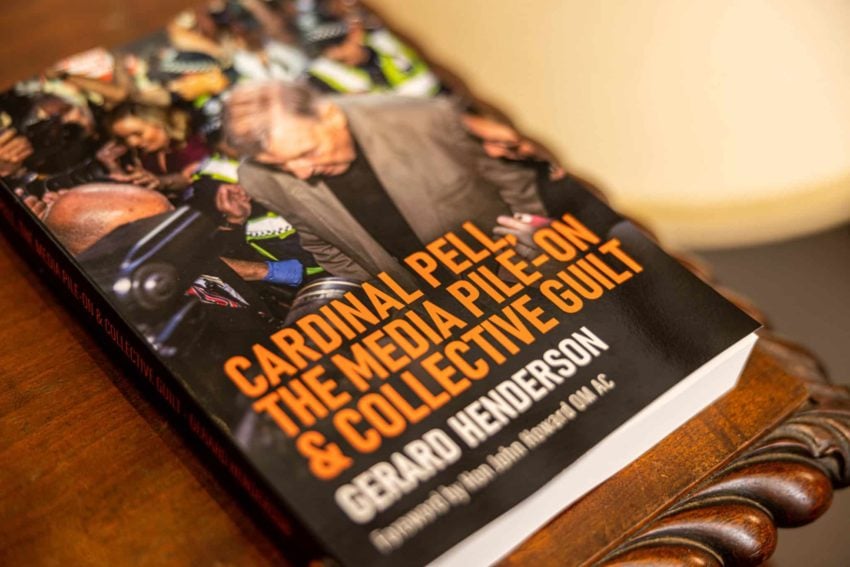
Some of the blame elements of the media attributed to Cardinal Pell shows a lack of understanding of Church structures. For example, George Pell was blamed for abuse in the Dioceses of Parramatta and Armidale; however, in a Catholic Church the bishop of the diocese has responsibility over his diocese, not a bishop or archbishop of another diocese.
One would have thought that if journalists were to write about and criticise any public figure and an organisation it is only reasonable that they gain an awareness of how the organisation to which the figure belongs operates.
Such was the media hostility to Cardinal Pell that Gerard Henderson asserts that by 2017 Pell was ‘one of the most hated Australians’ (p.164). On pages 166 and 167, he lists a significant number of journalists who were biased against Cardinal Pell, making a detailed examination of Louise Milligan’s, David Marr’s, and Lucie Morris-Marr’s analyses of the Pell case as well as the responses of other Pell critics.
In the case of Milligan reporting on the Pell case, he states that ‘she admitted that she was an activist in this instance’ (p.166), and that in her book ‘she did not pretend to be an objective reporter’ (p.166).
This thorough and meticulous analysis is perhaps one of the highlights of Henderson’s study. Despite the popularity of her book Cardinal (2017), and her receiving a Walkley Award (given for journalistic excellence) for it, the High Court Judgement demonstrates beyond reasonable doubt that the allegations in her work for which Pell was tried do not stand.
At the end of Chapter 8, in a section labelled ‘A Note on the ABC’s Evidential Standards’ Henderson notes that when the ABC settled a defamation claim made by Christian Porter against the ABC and Louise Milligan, it placed a notice that ‘its “serious accusations” could not be substantiated “to the applicable legal standard -civil or criminal.” ‘ (p.294)
Although this observation relates to Milligan’s reporting of a matter unrelated to the Pell case, readers will draw their conclusions. Henderson asserts that such was the anti-Pell ethos amongst ABC reporters that Noel Debien believed he was a ‘pariah’ within the ABC because he did not believe George Pell was guilty.(p.194).
Henderson offers Sky News service as a contrast to the ABC in that it offered a more balanced presentation because it aired commentators who were highly critical of Pell, as well as those who were supportive of him.
Given this hostile and toxic environment, which seems to have been enflamed largely by journalists and elements of the media – whose vocation is ostensibly to provide a balanced, impartial and objective analysis of the news and current affairs – one can but concur with Henderson’s thesis that public animosity towards Pell was so great that it was difficult for him to receive a fair trial by jury.
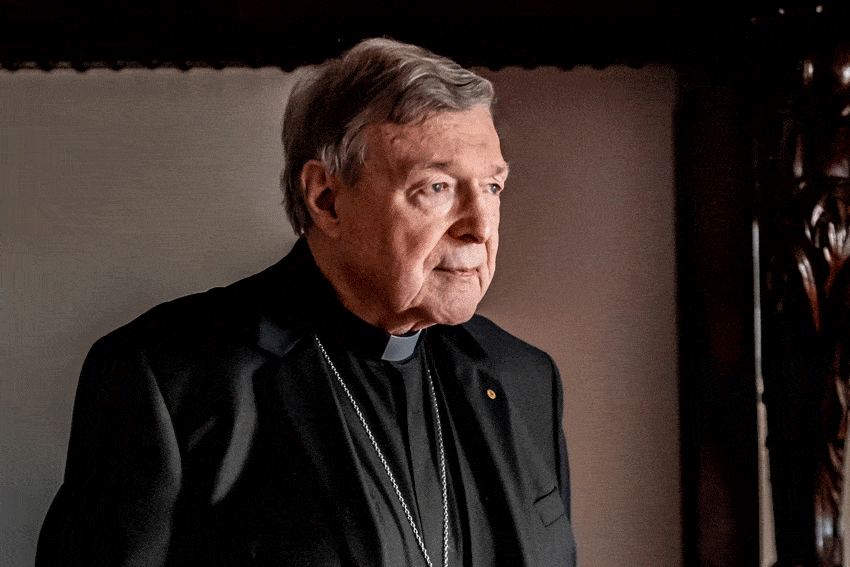
This is despite the fact that the trial judge, Chief Justice Peter Kidd, counselled the jury that the Roman Catholic Church was not on trial for failings to deal appropriately for allegations of sexual offences against minors, instead, George Pell was on trial for the alleged offences, and no other offences and that they had to judge whether he was guilty or not guilty based on the admissible evidence before them.
In the last section of the book, Gerard Henderson examines the manner in which the Royal Commission into Child Abuse found against Cardinal Pell’s handling of child abuse complaints. However, quoting extensively from the Royal Commission, Gerard Henderson suggests that in finding against George Pell, the Commission did not cite substantive evidence to justify their finding, with legal experts Joseph Santamaria QC and Frank Brennan SJ being highly critical of the treatment Cardinal Pell received.
Ironically, George Pell not only removed offending priests from ministry, but under his aegis Melbourne became the first Australian Catholic diocese to establish a compensation scheme, the Melbourne Response program, which was established with the assistance of Victoria Police, and enjoyed their support for over a decade.
This book raises some very uncomfortable questions, not only in relation to the Pell case, but to broader trends within Australian society.
Firstly, the operation of the legal system. Despite having a robust defence, he was not only found guilty by a jury, but the Victorian Court of Appeal upheld his conviction.
Furthermore, the question that also has to be asked is why the charges proceeded to trial, and why the police did not interview all relevant witnesses.
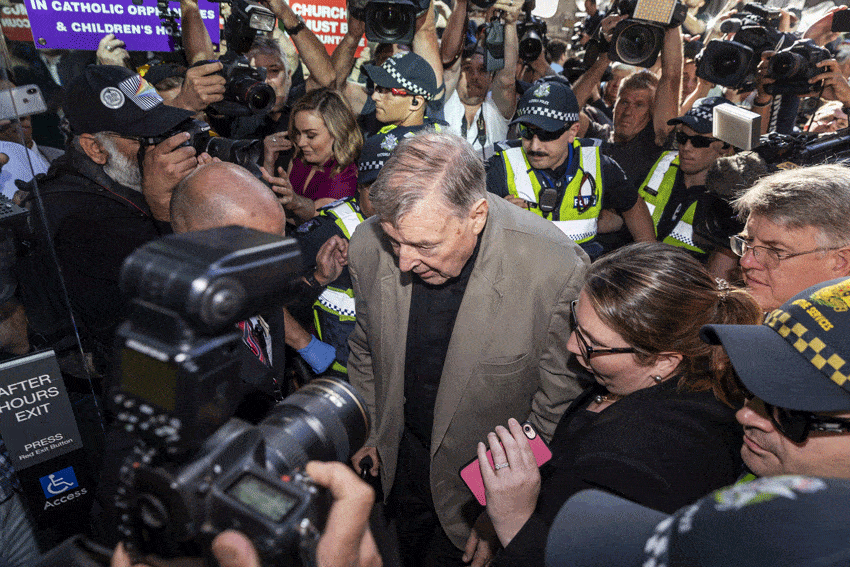
Secondly, the actions of sections of the media and journalists within our society, in particular, the ABC which is supposed to provide a balanced and reporting of issues. However, as Gerard Henderson argues, it did not. Unlike most other media organisations, it is funded from taxpayers’ money. Surely the Australian public deserves better.
Cardinal Pell, the Media Pile-on and Collective Guilt is an extremely well-researched book. The author thoroughly documents his critiques, not only to validate his criticisms, but to set the record straight. In so doing, he demonstrates his thorough understanding of the Pell affair and various responses to it, but also role models the type of thorough and meticulous investigation journalists should undertake in their pursuit of truth.
At various points the author simply states the facts, inviting readers to draw their own conclusions. For this reason, much of the work demands reader’s concentration and cannot be described as ‘light bed-time reading.’
However, one element that intrigued this reader is Gerard Henderson’s choice of the Douay-Rheims translation when quoting passages from the Bible, as it is a translation that comparatively few Catholics, let alone Christians, would be familiar with. Overall, this work is highly recommended.
Cardinal Pell, the Media Pile-On and Collective Guilt, Gerard Henderson, Redland Bay QLD: Connor Court Publishing, 2021, PB, pp.428
